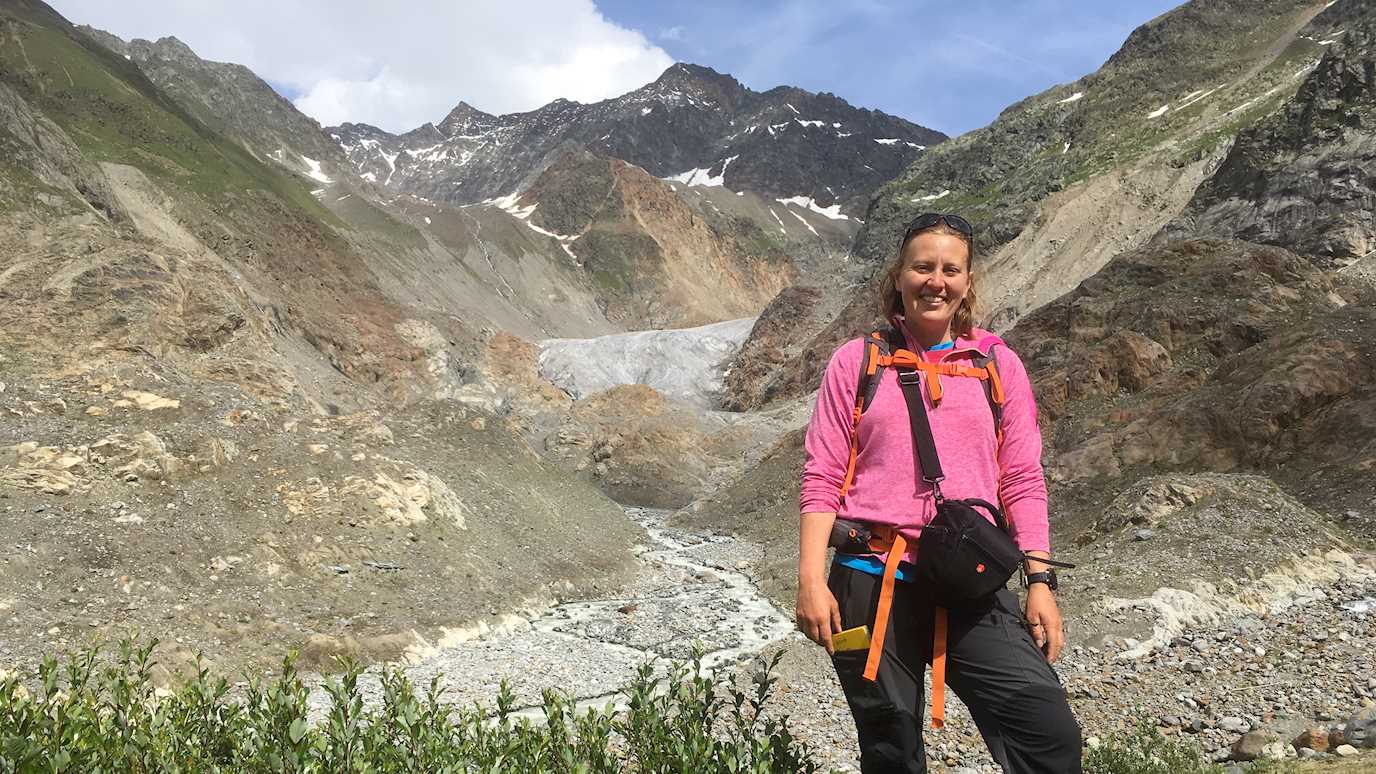New research from a team of 32 scientists around the world, including a glaciologist from Royal Holloway, found that water resource systems derived from mountain glaciers are under threat, which could impact up to 1.9 billion people globally.

These systems, known as mountain water towers, receive and store water via glaciers, snow packs, lakes and streams, thereby supplying drinking water, water for irrigation, power generation, ecosystems services and other invaluable water resources to roughly a quarter of the world’s population.
Led by Professor Walter Immerzeel and Dr Arhut Lutz of Utrecht University, the paper has been published in the scientific journal, Nature, and provides evidence that global mountain water towers are at risk, in many cases critically, due to the threats of climate change, growing populations, mismanagement of water resources, and other geopolitical factors.
For the study, scientists assessed the water towers’ importance, not only by looking at how much water they store and provide, but also how much mountain water is needed downstream and how vulnerable these systems and communities are to a number of likely changes over the next few decades.
By analysing these various factors of the 78 mountain water towers worldwide, scientists have identified the five most relied-upon systems by continent that should be on the top of regional and global political agendas:
- Asia: Indus, Tarim, Amu Darya, Syr Darya, Ganges-Brahmaputra
- Europe: Rhône, Po, Rhine, Black Sea North Coast, Caspian Sea Coast
- North America: Fraser, Columbia and Northwest United States, Pacific and Arctic Coast, Saskatchewan-Nelson, North America-Colorado
- South America: South Chile, South Argentina, Negro, La Puna region, North Chile
Dr Bethan Davies, from the Department of Geography at Royal Holloway University, worked on the study in order to understand the role glaciers have in providing water for some parts of the world that suffer from a lack of rainfall. In drought years, glaciers can provide up to half of a catchment’s water supply during a dry season.
Dr Bethan Davies, said: “Glaciers in these mountain regions delay runoff and act as a store or reservoir, releasing the meltwater during the dry season and especially during drought years. Limiting global warming to 1.5°C relative to pre-industrial temperatures will retain around 75% of all mountain glaciers, which provide a critical buffering service in the world’s mountains.
“At the current rate, we will reach 1.5°C of warming by 2040. We can limit climate change to this important ceiling by taking strong action now, avoiding the loss of life-giving water in the world’s mountain areas and devastating flooding due to sea level rise in the world’s lowlands and islands.”
The study was supported by National Geographic and Rolex as part of their Perpetual Planet partnership, which aims to shine a light on the challenges facing the Earth’s critical life-support systems, support science and exploration of these systems, and empower leaders around the world to develop solutions to protect the planet.
The authors conclude that it is essential to develop international, mountain-specific conservation and climate change adaptation policies and strategies to safeguard both ecosystems and people downstream.
Jonathan Baillie, Executive Vice President and Chief Scientist at the National Geographic Society said: “Mountains are iconic and sacred places around the world, but the critical role they play in sustaining life on Earth is not well understood.
"This research will help decision-makers, on global and local levels, prioritize where action should be taken to protect mountain systems, the resources they provide, and the people who depend on them.”
























